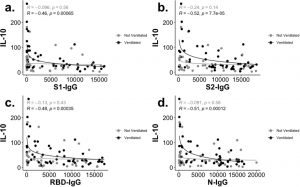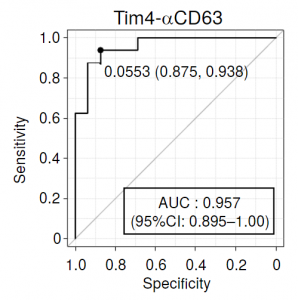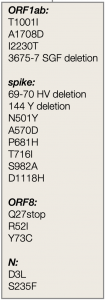IL-10 and IgG are inversely correlated in the new coronavirus (COVID-19)
A group of Univ. of Virginia Health System has reported interesting phenomena on the expression of IgG, IgA, and IgM in the new coronavirus (COVID-19).
https://www.medrxiv.org/content/10.1101/2020.12.05.20244541v1
IgG, IgM, and IgA are highly expressed as COVID-19 becomes severe.
IL-10 and IgG inversely correlate.
Cytokine IL-10 is usually thought to be an anti-inflammatory one.
IL-10 and IgG are inversely correlated, and moreover, IgG is highly expressed as the disease becomes severe,
Does this mean that IL-10 works as an inflammatory cytokine?




